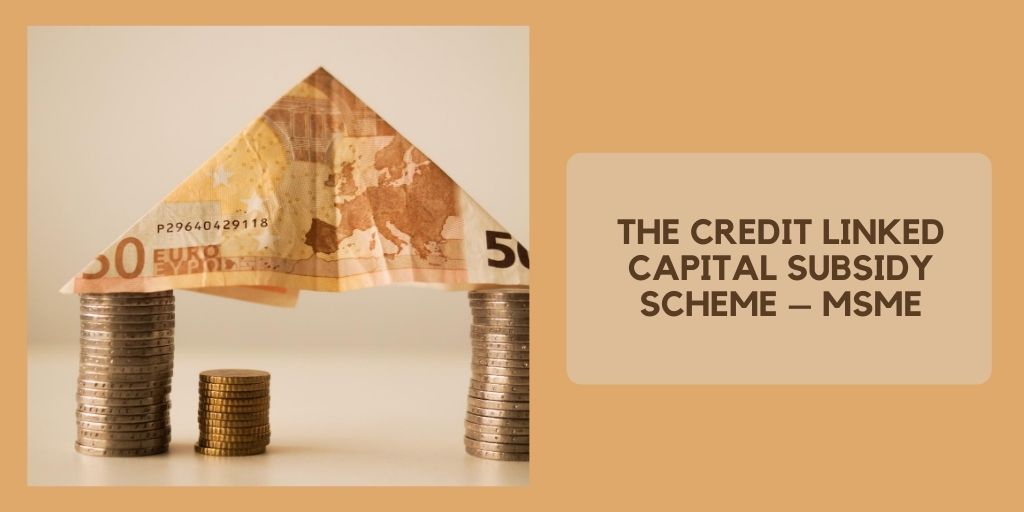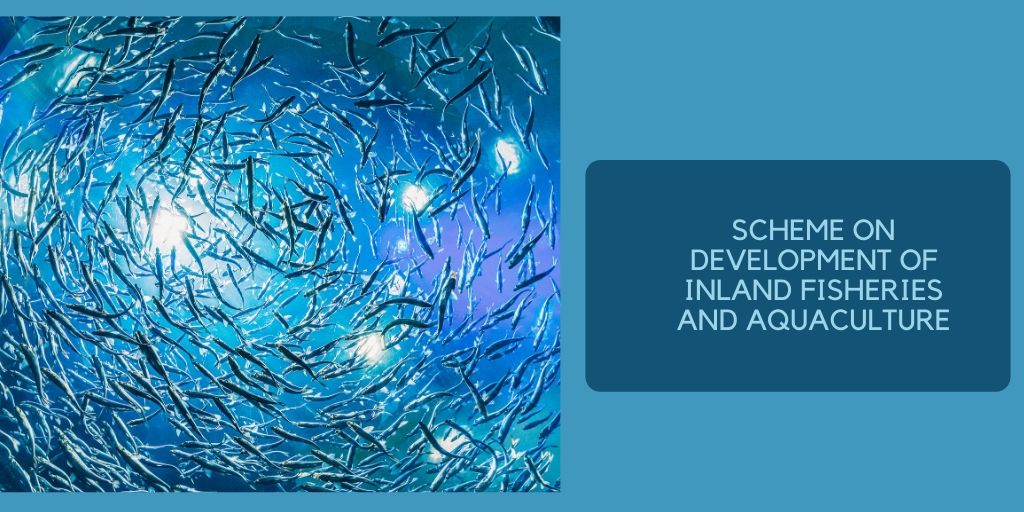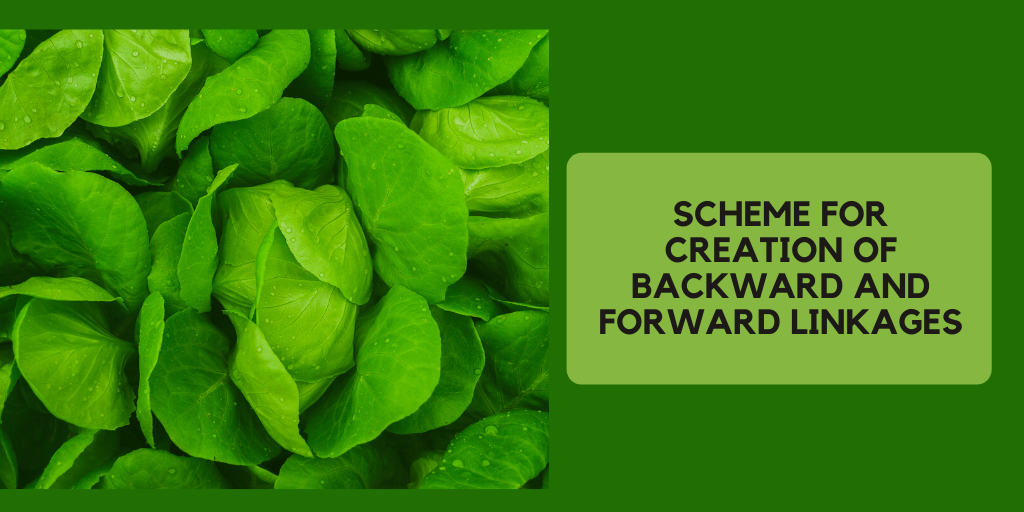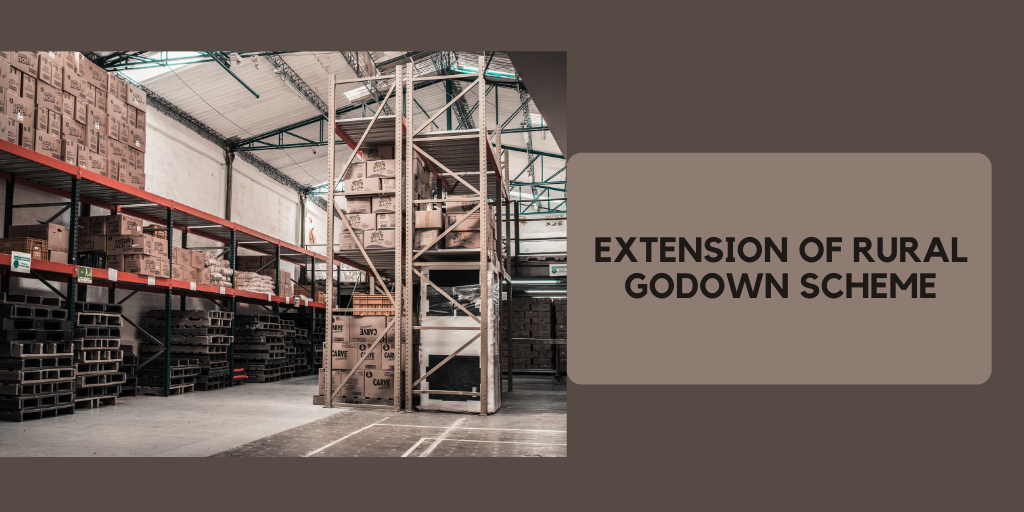This policy Generate fresh investments in the tourism sector to the tune of INR 30,000 crore by 2025 – Tourism policy tourism incentives subsidy for adventure tourism subsidy for hotel
Development of Special Tourism Districts/Zones:
- The districts of Nagpur, Aurangabad and Sindhudurg will be earmarked as special tourism districts.
- In addition, the state will notify other special tourism zones/estates as when required.
- These regions will be given additional incentives and incentive period.
- In addition, special marketing assistance will be given to them to promote them as major tourism destinations of the state.
Development of Tourism growth corridors
1. Classify the state into separate tourist cities, tourist clusters and tourist corridors which will be promoted through identified themes.
2. Employ a pilot project along a major highway and on its successful returns, replicate the process along five major highways in the state.
Rural Tourism
The state offers a unique tourism proposition through its rural landscape (approx. 55% of the state area). This strategy aims to promote rural tourism as the primary tourism product to spread tourism and its socio-economic benefits to rural and the surrounding regions. This will lead to a balanced and far-reaching growth in the state, thus improving the economic situation at the village level.
A maximum of 20% of the total land available should be undertaken for construction of dormitories, rooms, and tents; rest of the land should be reserved for cultivation and agricultural activities
Eligible Units
Eligible units that will be covered as a part of this policy are as follows:
1. Hotels, Heritage Hotels, Resorts and Health Farms, Health & Wellness spa and units registered under the Bed and Breakfast scheme of MTDC/DoT.
2. Motels and wayside amenities
3. Apartment Hotels/Service Apartments
4. Water Sports and Amusement Parks
5. Arts and Crafts Villages
6. Golf Courses
7. Camping, Caravanning and Tent Facilities
8. Arial Ropeways
9. Exhibition-cum-Convention Centers
10. Development of Hill Stations – Tourism units
11. Adventure Tourism Projects
12. Houseboats
13. Eco-Tourism Projects
14. Museums and Aquariums
15. Shacks
16. Medical tourism units
17. Projects approved by classification Committee of the Tourism Department of the State Government
New Tourism Unit
A “New Tourism Unit” means a new tourism project set up for the first time by a tourism undertaking satisfying the following conditions:
1. It is not an existing unit.
2. At least one of the Effective Steps is completed on or after1stApril, 2016 for setting of the Unit.
3. It is not formed as a result of re-establishment, mere change of ownership, change in the constitution, reconstruction or revival of an Existing Unit. – Tourism policy
Eligible Investment
Eligible Investment shall mean and include the investment in the fixed assets [as per Para Nos.5.6.7 and 5.6.8 (a), (b), (c)], acquired at site and paid for within the permissible investment period, limited to the item wise maximum limit (i.e. Land at ready reckoner rate, Land development, Building, Plant and Machinery etc.) as per the approved Project Scheme by the concerned term lending agency or as appraised by the approved agency in case of self-financed projects and accepted by the Implementing Agency.
All projects aimed to promote tourism with a fixed capital investment of a minimum of Rs 500 crore or promising a direct employment generation of 750 anywhere in the state will be categorised as ultra mega projects. – Tourism policy
Maharashtra Tourism Policy Incentives
Mega Project classification and threshold limits
Fiscal incentives to Mega/Ultra Mega projects
| A | B | C | STZ/STD | Ultra Mega project unit | |
| Eligibility Period (in years) | 10 | 10 | 15 | 15 | 20 |
| VAT reimbursement | 50% of VAT on local sales less Input Tax Credit or zero whichever is higher | 75% of VAT on local sales less Input Tax Creditor zero whichever is higher | 100% of VAT on local sales less Input Tax Creditor zero whichever is higher | 100% of VAT on local sales less Input Tax Creditor zero whichever is higher | 100% of VAT on local sales less Input Tax Creditor zero whichever is higher |
| Luxury Tax exemption | 50% | 75% | 100% | 100% | |
| Entertainment Tax exemption | 50% | 75% | 100% | 100% | |
| Electricity duty Exemption | 50% | 75% | 100% | 100% | |
| Stamp duty and Registration charges exemption | 50% | 75% | 100% | 100% |
Fiscal Incentives to Largeunits
| A | B | C | STZ/STD | |
| Eligibility Period (in years) | 7 | 7 | 10 | 10 |
| VAT reimbursement | 50% of VAT on local sales less Input Tax Credit or zero whichever is higher | 75% of VAT on local sales less Input Tax Credit or zero whichever is higher | 100% of VAT on local sales less Input Tax Credit or zero whichever is higher | 100% of VAT on local sales less Input Tax Credit or zero whichever is higher |
| Luxury Tax exemption | 50% | 75% | 100% | 100% |
| Entertainment Tax exemption | 50% | 75% | 100% | 100% |
| Electricity duty Exemption | 50% | 75% | 100% | 100% |
| Stamp duty and Registration charges exemption | 50% | 75% | 100% | 100% |
| Non-Agricultural Tax Exemption | Total exemption from Non-Agricultural Tax to all tourism projects owned by MTDC to be continued | |||
| FSI | 1. Base FSI will be 1.0 for all mega/ultra-mega tourism units. Additional FSI as permissible will be given with an additional premium at ready recknoner rates. This is subject to special restrictions in the zones, as specified by local bodies. 2. 80 per cent of the total area can be permitted for tourism and the remaining 20 per cent for the tourism support activities | |||
| Licenses and Clearances | Tourism projects require various licenses and clearances like lodging house license, eating house license, Police permissions, license under the Shops& Establishment Act, and license under the Food & Drug Admin. Act etc. These licenses have to be renewed every year. By this Policy 2016, these licenses/permissions will require renewal every 5 years instead of the present annual renewal. | |||
| Additional incentives for Special tourism zones and Special Tourism districts | Additional FSI of up to 50 percent with a premium of the existing ready reckoner rates will be given to all tourism projects in STZs and STDs. This is subject to special restrictions in the zones, as specified by local bodies. No increase in water charges for a period of 10 years except urban area (i.e. Municipal Councils /Corporations area). However, any actual increase in the cost of operation of these services shall be recovered from the user as per the guidelines issued by the concerned Departments. |
Incentives to MSME units
| A | B | C | STZ/STD | |
| Eligibility Period (in years) | 5 | 5 | 7 | 7 |
| VAT reimbursement | 50% of VAT on local sales less Input Tax Credit or zero whichever is higher | 75% of VAT on local sales less Input Tax Credit or zero whichever is higher | 100% of VAT on local sales less Input Tax Credit or zero whichever is higher | 100% of VAT on local sales less Input Tax Credit or zero whichever is higher |
| Luxury Tax exemption | 50% | 75% | 100% | 100% |
| Entertainment Tax exemption | 50% | 75% | 100% | 100% |
| Electricity duty Exemption | 50% | 75% | 100% | 100% |
| Stamp duty and Registration charges exemption | 50% | 75% | 100% | 100% |
| Non-Agricultural Tax Exemption | Total exemption from Non-Agricultural Tax to all tourism projects owned by MTDC will be continued | |||
| FSI | 1. Base FSI will be 1.0 for all mega/ultra-mega tourism units. Additional FSI as permissible will be given with an additional premium at ready recknoner rates. This is subject to special restrictions in the zones, as specified by local bodies 2. 80 per cent of the total area can be permitted for tourism and the remaining 20 per cent for the tourism support activities | |||
| Licenses and Clearances | Tourism projects require various licenses and clearances like lodging house license, eating house license, Police permissions, license under the Shops& Establishment Act, and license under the Food & Drug Admin. Act etc. These licenses have to be renewed every year. By this Policy 2016, these licenses/permissions will require renewal every 5 years instead of the present annual renewal. | |||
| Additional incentives for Special tourism zones and Special Tourism districts | 1. Additional FSI of up to 50 percent will be given to all MSME projects. This is subject to special restrictions in the zones, as specified by local bodies in these districts and zones 2. No increase in water charges for a period of 10 years except urban area (i.e. Municipal Councils /Corporations area). However, any actual increase in the cost of operation of these services shall be recovered from the user as per the guidelines issued by the concerned Department |
Eligible units in Annexure – A
Hotels
Hotel projects should have facilities expected of establishments in the 1 to 5 star categories according to the guidelines for hotels of the Department of Tourism, Govt. of India,
Resorts
The Resort project should have a minimum of 20 lettable rooms with attached bathrooms. Unless it is a hill station or a beach or a location, which, in the opinion of the Tourism Project Approval Group (TAG), does not require air conditioning, at least 35% of the rooms should be air conditioned.
Health Farm
There should be at least 20 lettable rooms with attached bathrooms. It should have at least six of the following facilities.
Health Club , Gymnasium Yoga/Meditation Area ,Outdoor Exercise Areas , Indoor Games ,Outdoor Games , Swimming Pool , Classroom , Jogging Tracks , Horse Riding facility It should be located on a plot ad measuring at least 5000 sq.m.- Tourism policy
Water sports
Water sports projects should be set up at a beach or, lakeside or, riverside along with a pontoon/jetty. It should offer at least two water sport facilities. Parasailing, water-scooters, hovercraft and water-skiing are examples of such facilities. In addition to investment in boat and outboard motor, it should make an investment of at least Rs.5 lakhs in water sports equipment
Amusement Park
“An Amusement Park should have at least 8 amusement rides. There should be a minimum investment of Rs.50 lakhs in amusement rides/aids. This pertains to the cost of equipment alone. It should have a minimum area of 20000 sq.m.”
Ropeway
The Ropeway should be mechanized and motor driven. The horizontal length may be about 500 meters but it can be slightly less if the location demands so. It should be comfortable for the passengers and free from noise. It should have capacity to carry minimum 200 passengers per hour.
Heritage hotel
“A Heritage hotel should be a palace, a haveli, a darbargrih of any building, built in a traditional style, prior to 1950. The façade, architectural features and general construction should have the distinctive qualities, ambience, and décor consistent with a traditional lifestyle. It should have minimum 10 lettable rooms
Adventure Tourism Projects
“An adventure tourism project should provide required equipment with trained staff to maintain and run the activity. The requisite permissions from local authorities as well as permission/provision from safety angle must to be obtained/made. Minimum facilities like restaurant (wherever required), drinking water supply, staying arrangements (wherever required), toilet etc. should be provided.”- Tourism policy
The government of Maharashtra consider it necessary in the public interest to exempt the consumption of energy in respect of the class of premises for the payment of the electricity duty payable under PART – B of the scheduled A appended to the Maharashtra electricity duty act 2016
Mega /ultra mega project
| Classification of zone | % of electricity duty exemption | Eligibility period in year |
| A- Mumbai Mumbai suburban district , navi Mumbai , thane and pune municipal corporation and pimpri chinchwad municipal corporation areas | 50 | 10 |
| B- all municipal corporations (except area mentioned in above serial no. 1 in and special tourism districts of sindhudurg Aurangabad and Nagpur and special tourism zone ) and A class municipalities | 75 | 10 |
| C- all district of Maharashtra (except areas mentioned in above serial no. 1 and 2 ) and special tourism district | 100 | 15 |
| STZ /STD – district of sindhudurg , Aurangabad and Nagpur and high potential zones to be earmarked by Dot | 100 | 15 |
| Ultra mega project unit | 100 | 20 |
Large project
| Classification of zone | % of electricity duty exemption | Eligibility period in year |
| A- Mumbai Mumbai suburban district , navi Mumbai , thane and pune municipal corporation and pimpri chinchwad municipal corporation areas | 50 | 7 |
| B- all municipal corporations (except area mentioned in above serial no. 1 in and special tourism districts of sindhudurg Aurangabad and Nagpur and special tourism zone ) and A class municipalities | 70 | 7 |
| C- all district of Maharashtra (except areas mentioned in above serial no. 1 and 2 ) and special tourism district | 100 | 10 |
| STZ /STD – district of sindhudurg , Aurangabad and Nagpur and high potential zones to be earmarked by Dot | 100 | 10 |
MSME project
| Classification of zone | % of electricity duty exemption | Eligibility period in year |
| A- Mumbai Mumbai suburban district , navi Mumbai , thane and pune municipal corporation and pimpri chinchwad municipal corporation areas | 50 | 5 |
| B- all municipal corporations (except area mentioned in above serial no. 1 in and special tourism districts of sindhudurg Aurangabad and Nagpur and special tourism zone ) and A class municipalities | 75 | 5 |
| C- all district of Maharashtra (except areas mentioned in above serial no. 1 and 2 ) and special tourism district | 100 | 7 |
| STZ /STD – district of sindhudurg , Aurangabad and Nagpur and high potential zones to be earmarked by Dot | 100 | 7 |
stamp duty exemption
“New Tourism Unit” or “Expansion of an existing Unit” shall mean the Tourism Unit which is so certified to be such unit by the Maharashtra Tourism Development Corporation Limited, under the Tourism Policy of Maharashtra 2016
| Zone | Description of the Areas | Extent of reduction of. Stamp Duty | ||
| 1 | 2 | Mega/Ultra project | Large project | MSME project |
| ‘A’ | Mumbai, Mumbai Suburban District, Navi Mumbai, Thane, Pune and Pimpri-Chinchwad Municipal Corporation areas. | 50% | 50% | 50% |
| ‘B’ | All Municipal Corporations (except areas in Zone ‘A’ areas, Special Tourism Districts and A class Municipalties). | 75% | 75% | 75% |
| ‘C’ | All Districts of Maharashtra except areas in Zone ‘A’ and ‘B’ and Special Tourism Districts | 100% | 100% | 100% |
| Special, Tourism Aurangabad and Nagpur. Districts (STD). | Districts of Sindhudurg | 100%. | 100% | 100% |
| Special Tourism earmarked by DoT. Zones (STZ) | High Potential Zones to be | 100% | 100% | 100% |










